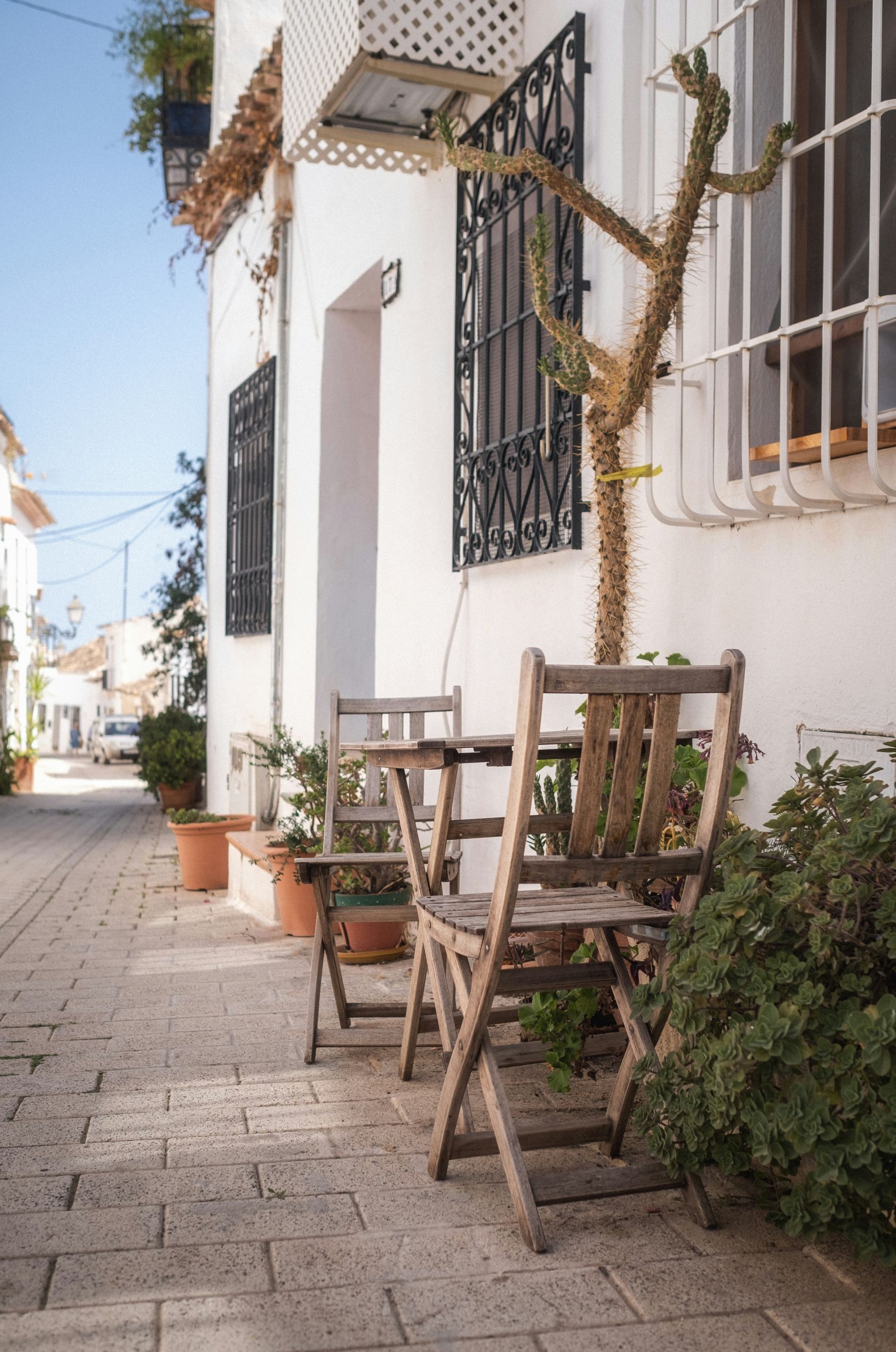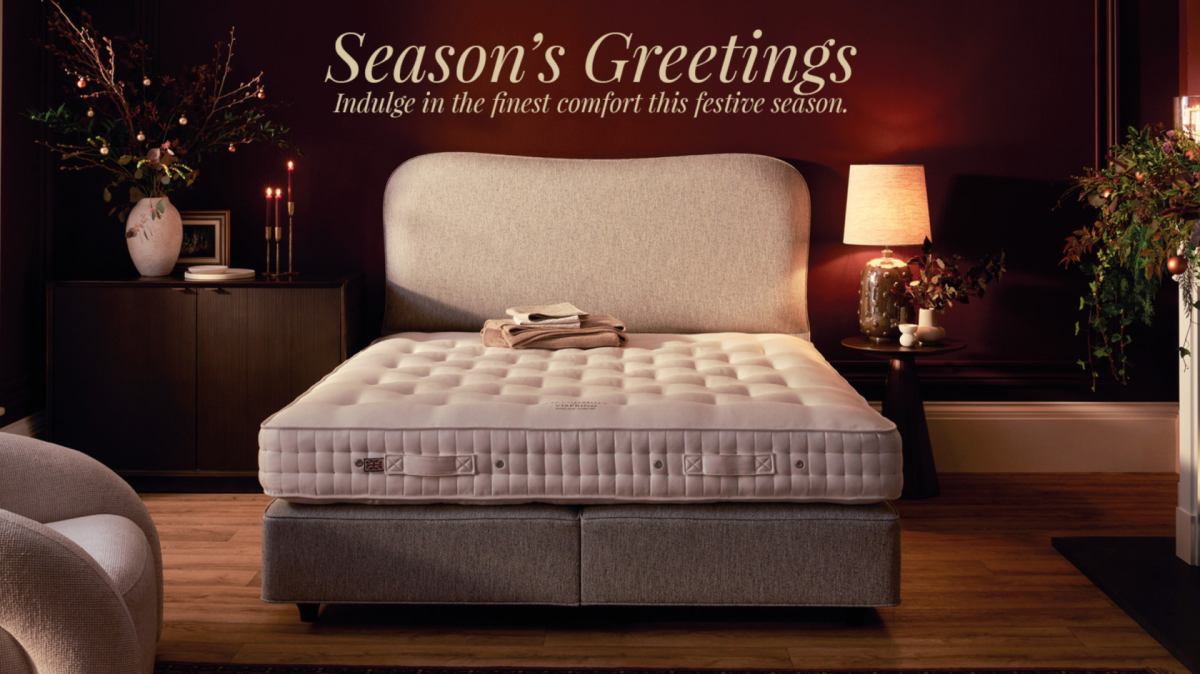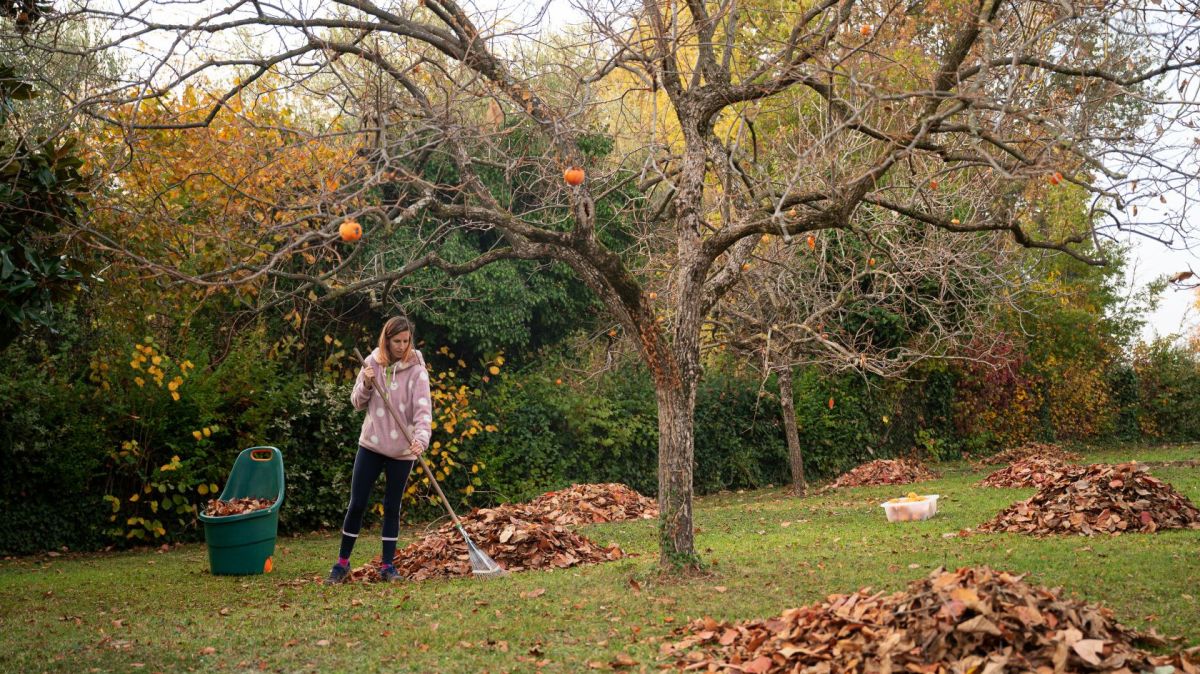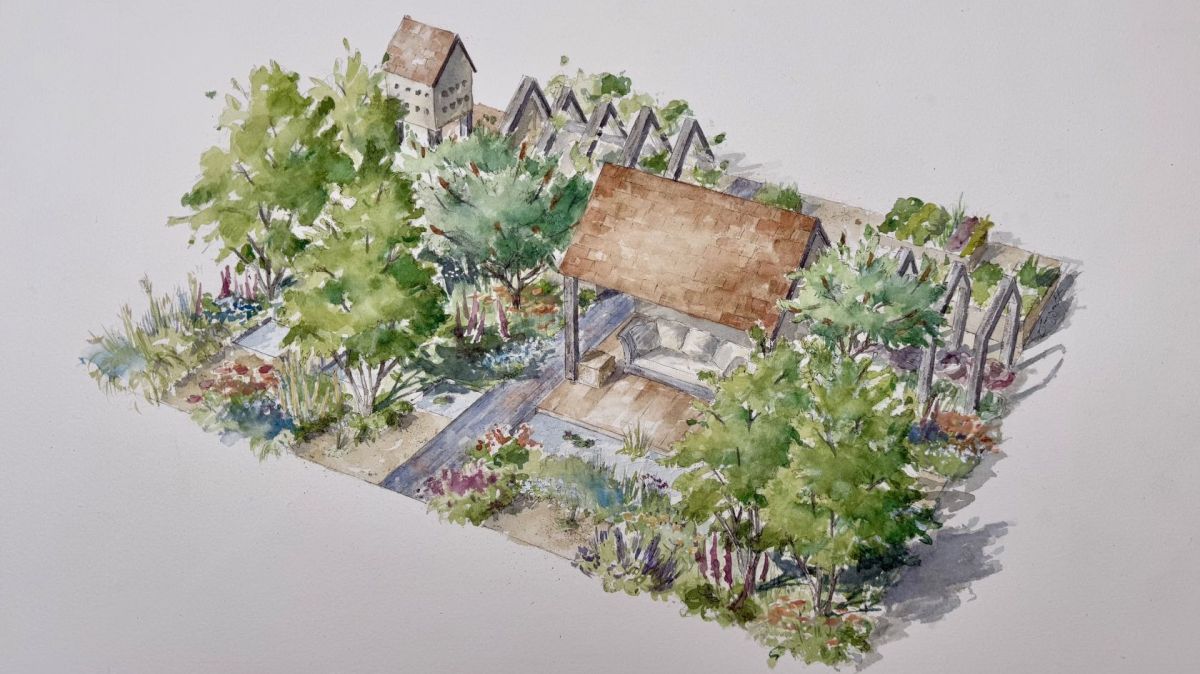No matter how much you spend on outside furniture, the weather will wear it out before you do, and you might find, for one reason or another, that some items might need replacing. But restoring could be an option first.
Plastic chair legs have a tendency to snap and deposit you in a mortifying heap. Metal ones become rusty, particularly at welded areas, and can also collapse in slow motion under the weight of a sitter, and wooden ones might look like they’re ready for the woodpile.
A little care each year
A little TLC each year might increase the chances of your outdoor furniture lasting longer, and putting them away or covering them will keep them protected until you need them again. Plastic ones are cheap and will stack, making winter storage easy. Most people know they will only last a few seasons anyway, but some cleaning care might help them last longer, and a protectant spray can help shield them from sun damage, helping to prevent fading, cracking, and brittleness.
So, the TLC. If they have a chalky look to them, it usually means they have started to degrade, and this is a tough problem where you might be tempted to use steel wool and some elbow grease. A less aggressive method is to rub down with baking soda and a sponge, and once dry, polish with a light oil or a car wax to attempt to restore the finish. At a push, you could try oxalic acid – it is a wickedly dangerous acid, and you should use it with extreme care -definitely wear chemical-resistant gloves, safety goggles, protective clothing and a respirator, as prolonged contact will cause burns to skin or eyes.
However, if they are past redemption, plastic furniture can be recycled in Portugal, but their final resting place depends on the type of plastic they are made from. Check for the plastic recycling symbol (a triangle with a number inside) to identify the material. It is likely you will need to take it to your local recycling centre yourself or arrange for a special collection with your local municipality.
Wooden Furniture
Firstly, consult the manufacturer’s care label if you still have it, to check what’s needed to prevent rot and discolouration. Refinishing depends on exposure, the type of wood and the finish used, and a good rule of thumb is that if water stops beading on the surface, it’s time for TLC. However, options such as teak oil and polyurethane (specifically spar urethane for outdoor use) serve different purposes. Spar urethane is a finish that creates a durable, protective layer on the surface, and for projects requiring a tough, weatherproof finish, this is the better choice. Teak oil is a penetrating oil used for maintaining certain types of wood, and will provide some water resistance, but it is more for maintaining existing oiled wood or for enhancing the beauty of dense hardwoods when used in conjunction with other protective finishes.

Metal Furniture
These are surprisingly durable, as most have a protective coating to help keep the rain from creating rust, and the whole chair can be washed down with mild soapy water, with a little light oil on the welds. However, plastic ‘weave’ or faux wicker on chairs will eventually succumb to the sun and become brittle and start to break, though a soap and water wash and covered storage will certainly help to prolong their lives. Applying a UV protectant spray might also extend the furniture's lifespan by protecting it from sun damage.
A steel chair or table may be strong and heavy, but it will rust and weaken, but a good wire brushing, sanding and painting might seem like a big job, but for something like an old cast iron pub table, it would be well worth it.
Cast Aluminium
Furniture made from this is popular, as it doesn’t rust, is durable and reasonably light, and more often than not has a protected powder coating that needs very little attention.
Summers are hotter and longer than average lately, so it’s possible you may have to leave it out all year anyway!
















